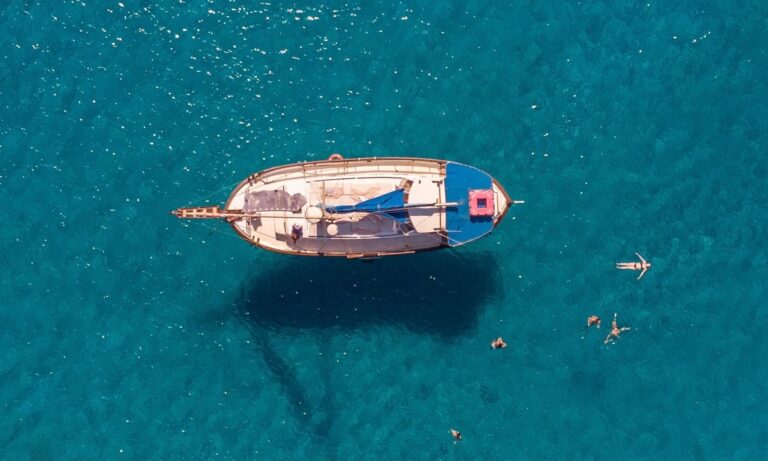International tourist arrivals to Europe were just 3.2% below 2019 levels, based on year-to-date data. However, the recovery remains uneven, with 65% of reporting destinations still seeing foreign arrivals below pre-pandemic levels.Full recovery in tourism exceeded expectations amid sustained inflation and geopolitical instability, expected a year ago in 2024
After strong summer tourism demand, international tourist arrivals to Europe are just 3.2% below 2019 levels, with overnight stays down 1.3% from January to September. This recovery has been driven by the resilience of intra-European travel and an influx of US tourists who have benefited from favorable exchange rates. This is according to the latest edition of the European Travel Commission’s (ETC) quarterly report “Trends and Outlook for European Tourism” published today, which provides an overview of Europe’s tourism performance over the summer and its prospects for taking the weight off its shoulders. It shows the impact on season.
Year-to-date data shows that foreign arrivals have exceeded 2019 levels in approximately one-third of reporting destinations. The European recovery was mainly driven by Southern Europe and the Mediterranean region, particularly Serbia (+15%), Montenegro (+14%), Portugal (+11%), Turkiye (+8%), Malta and Greece (both +7%). ). However, approximately 65% of those reporting are still below pre-pandemic numbers. The slow recovery has been particularly pronounced in Eastern European countries bordering Russia and Ukraine, and in countries that typically rely on Russian tourists. The steepest declines were recorded in the Baltic states: Estonia (-27%), Latvia (-30%) and Lithuania (-33%).
ETC President Miguel Sanz commented on the publication of the report as follows: “Despite continuing economic and geopolitical challenges, it is encouraging to see the continued recovery in European tourism. However, the true measure of tourism success is We must recognize that there is more to the European tourism industry than just the number of visitors and the number of nights spent at a destination. As we recover, we should strive to develop innovative and sustainable metrics that better define our overall health and progress.”
Full tourism recovery in sight despite persistent inflation and geopolitical instability
Europe’s travel recovery remained strong during the summer season despite significant challenges such as rising inflation, rising costs of living, extreme weather and airline strikes.
Persistent geopolitical instability continues to impact the outlook for European tourism. The ongoing war in Ukraine is still impacting arrival numbers in Eastern Europe, and the development of the conflict in Israel is pushing back the shoulder season, especially for destinations like France, Turkiye and Romania, which are popular with Israeli travelers. poses a risk towards.
Nevertheless, foreign arrivals to Europe are expected to continue to recover, albeit at a slower pace, until the end of 2023, reaching 91% of pre-pandemic levels for the year. According to forecasts, the number of international tourist arrivals to Europe is expected to reach the level of 2019 by 2024, one year earlier than originally predicted. Meanwhile, European airports are nearing a full recovery in passenger demand. According to ACI Europe’s August traffic report, passenger numbers across Europe’s airport network are down by just 3.4% compared to the same period in 2019.
Tourists prefer affordable prices and off-peak travel
Despite increasing economic pressures, consumers still prioritize travel spending over other discretionary spending. However, due to high prices, tourists are now placing more emphasis on value for money when considering tourism products and experiences.
In particular, more vacationers are choosing more affordable destinations. Lower prices and favorable exchange rates are driving a recovery in tourism in destinations such as Turkiye and Bulgaria, while popular package destinations such as Portugal and Spain are also seeing high demand. In general, Europeans are considering a wider range of destinations than they were before the pandemic, with Turkiye, Montenegro, Albania and Croatia leading the way for stays compared to 2019 levels.
Additionally, travelers are increasingly adopting various strategies to lower the total cost of their vacation. Many people choose to book their transportation and accommodation well in advance, or consider off-peak travel during the shoulder seasons. Package holidays are becoming increasingly popular because they give travelers the peace of mind that all their expenses have already been accounted for.

